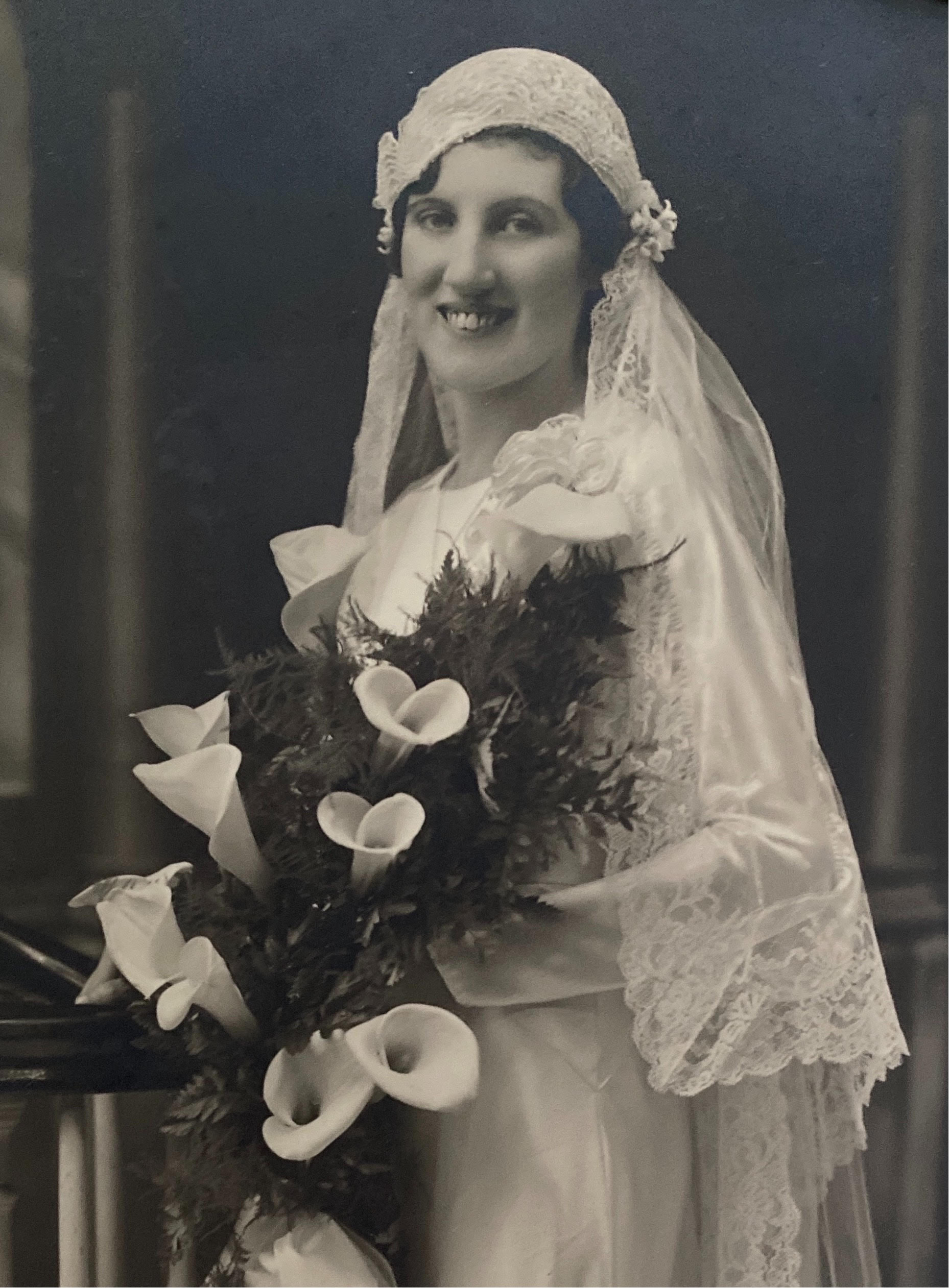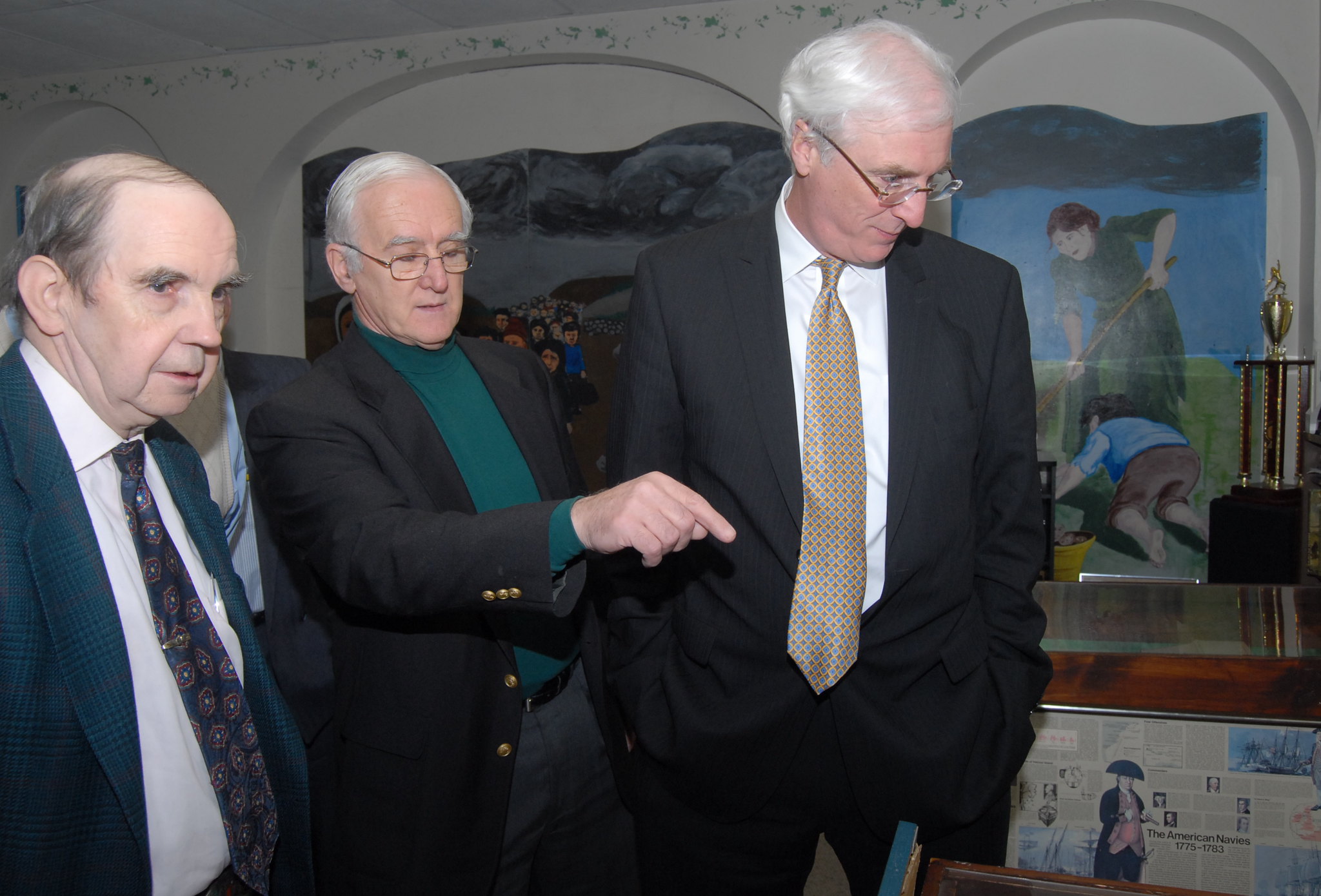In some ways, viewed from the standpoint of so many immigrant stories, this one is unremarkable.
Five sisters, all from the Galvin family, from a dairy farm in the little town Clounmacon, five miles outside Listowel, County Kerry, emigrated to the United States—Philadelphia, to be specific. They sought new lives in what likely seemed by comparison to their desperately poor homeland like the land of plenty.
The Galvin girls followed the usual practice: One sister moved to the U.S., saved her money, and sent for the next—and so on until they were all ensconced in Philadelphia, four of them working 10 hours a day, five hard days a week, in the Apex Hosiery Factory at 5th and Luzerne, the fifth a hairdresser.
But everything changed not long after Bridie Galvin moved to the city. A few weeks after her arrival, the Stock Market crashed. The oldest sister, Anna, had been investing—wisely, it seemed at the time—but after the crash, the sisters’ fortunes changed.
As with so many Irish immigrant stories, the details of the sisters’ lives from that challenging time weren’t discussed from one generation to the next.
It took Philadelphia-area writer, one-time Irish dancer, and recent Stanford graduate Emily Schmidt plenty of digging and devotion to bring those tales to light. She does so in a new book, “The Galvin Girls,” to be published in December. Schmidt recently surpassed her crowd-funding goal of $5,000 to help her realize her vision.
Helen Galvin was Schmidt’s great-grandmother. At age 16, she journeyed from Cork in steerage class aboard the White Star Line’s R.M.S. Cedric.
“The initial idea came to me after I took a class in my sophomore year at Stanford with Eavan Boland, a well-known Irish poet,” says Schmidt. “She recently passed. She was the head of the creative writing department. She had all of us read Joyce’s “Dubliners.” I had never gotten into Irish literature. The first story I read all take place during the 1920s in Dublin, and I just fell in love with it. I was talking to my grandfather about it, and he said, ‘Our family history came from there, too.’ I started getting into tracing my family history on Ancestry.com, and I found all the old family photo albums. I just wanted to see what was there for my family.”
Schmidt followed up with a trip back to the sisters’ hometown, partly subsidized by her father, where she visited some relatives and was also able to see the dock from which they embarked on their trip to America. Additionally, she interviewed relatives, many of whom have now passed on—hours and hours of recordings.
From her research, Schmidt discerned that life for the sisters and their siblings—there were 12 in all—would have been incredibly difficult. “They were very, very poor,” she recounts. “They had a two-room cottage. They slept on the floors and the stairs. There was no electricity. There was an outhouse. There’s a river that runs through Listowel called the river Seale, and that’s where their fresh water came from. They walked five miles to school and back every day, and they also had to take care of the farm, selling the milk. It was a pretty hard life.”
The youngest sister, Bridie, came over to the States believing her sisters were well off. That’s what they had been writing in letters back home. Bridie, Schmidt says, thought she wouldn’t need to work. She’s shocked by the reality.
“This is the first time they’re all together, and that’s the way they want it to be,” Schmidt says. “They all struggle with wanting to be able to purchase the things they see in stores like Wanamaker’s.”
What follows are five stories, different threads, documenting the sisters’ lives that point on. Much of the book is based on the sisters’ day-to-day reality. But there’s also some degree of invention.
“I would say the main characters, including all of the love interests, they’re all 100 percent real,” Schmidt explains. “But obviously, they’re caricatures of the stories that I’ve heard and the pictures I’ve seen. The incident with the stock market is true. The heart of the concept is true. The places where they live and where they go are all true, but a good part of the story—while historically accurate—is not true.”
Whether the sisters would have felt honored by having their stories told will, of course, remain an open question. “They were very private women,” Schmidt says. “I think they thought that the things they went through, even though traumatic at times, where things that everyone went through in that era. So it wasn’t necessarily something to be shared.”
At the same time, they were proud of their heritage. Schmidt recalls showing off her skills as a dancer for the Rince Ri school, and for her great-grandmother, it was a big moment. “The first time I danced for her, at about the age of 8, she tried getting up and dancing,” Schmidt says. “She was probably 98 at that time. So it ignited a flame in her that had been dulled for a very long time. It was passing something down something special to her. So I would like to think this book would do the same.”
Editor’s note: Emily has surpassed her fund-raising goal. From this point on, donations will be forwarded to the Irish Center, which is in the midst of its own fund drive. Once again, here’s the crowd-funding site.



